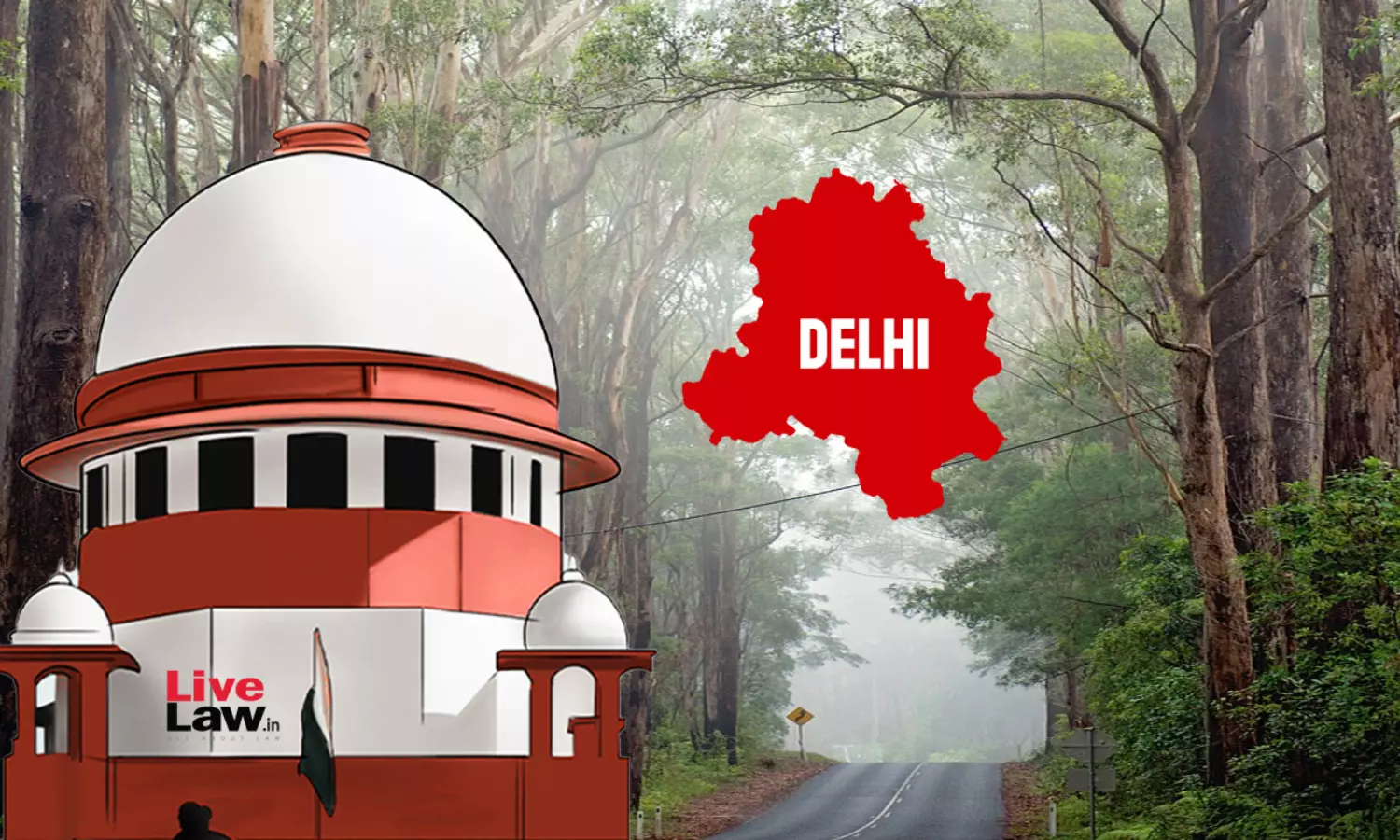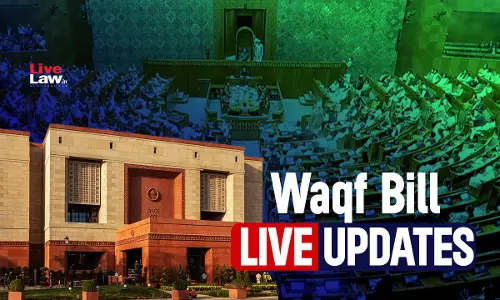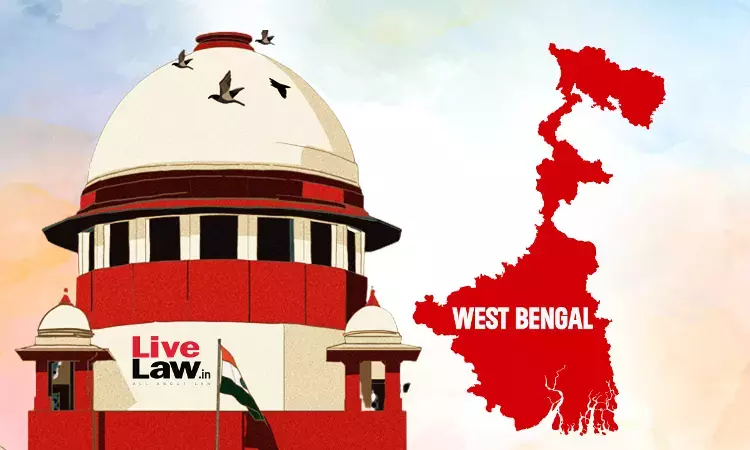
The Supreme Court on Wednesday (March 26) emphasized the need to achieve a target of 33 percent or more green cover in Delhi, as proposed by the Forest Research Institute (FRI).A bench of Justice Abhay Oka and Justice Ujjal Bhuyan was hearing the MC Mehta case on the issue of enhancing the green cover of Delhi. “In paragraph 3 laying down the objectives, it is proposed for enhancing...
The Supreme Court on Wednesday (March 26) emphasized the need to achieve a target of 33 percent or more green cover in Delhi, as proposed by the Forest Research Institute (FRI).
A bench of Justice Abhay Oka and Justice Ujjal Bhuyan was hearing the MC Mehta case on the issue of enhancing the green cover of Delhi.
“In paragraph 3 laying down the objectives, it is proposed for enhancing green cover to achieve target of 33% of geographical area. Endeavour should be to achieve a target of 33% or even more than that of tree/forest cover”, the Court observed.
In December last year, the Court issued comprehensive directions restricting tree felling and appointed Forest Research Institute, Dehradun (FRI) to conduct a tree census in Delhi.
Thereafter, last month, the Court appointed FRI to come up with an action plan to enhance the green cover of Delhi.
Today, the Court examined FRI's reports regarding the timelines, proposed budget for both tree census and preparation of action plan to enhance Delhi's green cover. The Court directed the Delhi government to release first instalment of payment for both the projects to FRI as soon as it submits revised estimates, so that the commencement of the work is not delayed.
Enhancement of green cover
On the issue of enhancing green cover, FRI stated that Phase I - preparing the action plan—including planning and strategy development—would take 12 months from the date of fund release. The Court clarified that while drafting the plan, FRI was not restricted by the Court's suggestions.
FRI proposed a High-Level Steering Committee (HLSC) under the chairmanship of the Chief Secretary of the Delhi government, consisting of 18 stakeholders. The Court suggested that the committee should be trimmed to a maximum of five members. It clarified that FRI could always invite relevant entities to assist in meetings when required.
The Court also reviewed the budget submitted by FRI and requested a reassessment. It directed FRI to submit a fresh budget proposal to the Delhi government, which is to release the first instalment without delay so that Phase I of the action plan can begin.
The Court also noted that the Delhi government had engaged FRI to prepare the first working plan for the National Capital Territory (NCT). It directed that the action plan for enhancing green cover should incorporate relevant provisions from this first working plan (a 10-year plan for forest management), in order to avoid duplication. The Court directed FRI to file an affidavit on this by the end of June 2025.
Tree census
Justice Oka noted that FRI recommended using the Forest Survey of India's (FSI) definition of a tree for the census to address ambiguities in the Delhi Preservation of Trees Act, 1994. The Court accepted this recommendation and directed FRI to follow the FSI definition.
The Court also questioned the proposed 15-month duration for the first phase of the tree census, which involves standardizing the methodology. It are FRI to expedite the process. While the second phase's timeline for preparing the action plan was found reasonable, the Court asked FRI to reconsider the 24-month timeline for the third phase, suggesting it may be too long.
The Court questioned FRI's suggestion of a 23-member High-Power Committee for the tree census, as it will make holding regular meeting very difficult. It modified the recommendation, directing the formation of a smaller committee. The Court clarified that if the committee required the input of specific entities, they could be invited as needed.
Additionally, the Court reviewed the budget estimate for the tree census and found certain estimates to be on the higher side. It suggested FRI seek assistance from central agencies like the National Informatics Centre (NIC) for developing the mobile app, portal, and databases, which were proposed to cost Rs. 20 lakhs. The Court asked FRI to revise the budget and submit it to the Delhi government within a month.
The Court also reiterated its previous direction from December 19, 2024, permitting the use of Compensatory Afforestation Management and Planning Authority (CAMPA) funds for the tree census. It made it clear that the government should not delay the release of funds for the first instalment.
Background
The Court has been monitoring the efforts of the Delhi government and other authorities to enhance the green cover Delhi.
In June, the Court had highlighted that the extreme heatwave conditions that affected the region were caused due to loss in green cover. The Court ordered the DDA and the Delhi Government to implement the recommendations of a three-member expert committee to restore the green cover in Delhi. The Court had directed the Principal Secretary of the Forest Department to convene meetings to devise comprehensive strategies for increasing Delhi's green cover.
On December 9, 2024, the Court expressed dissatisfaction with the implementation of measures to enhance green cover. It criticized the lack of progress by the Delhi Forest Department and decided to appoint an external agency to oversee these efforts. The Court also criticized the Forest Department's approach, noting that apart from holding meetings, no substantial steps were taken.
Thereafter, on December 19, 2024, the Court issued comprehensive directions restricting tree felling in Delhi. It directed that all permissions to fell 50 or more trees, granted by Tree Officers under the Delhi Preservation of Trees Act, 1994, must receive approval from the Central Empowered Committee (CEC) before implementation. It also directed the appointment of Forest Research Institute (FRI), Dehradun, to conduct a tree census in Delhi.
The Court emphasized that permissions should be granted only in exceptional cases and reiterated that the primary objective of the Act is tree preservation. The Court held that no notifications under Section 29 of the Act, which permits exemptions for tree felling in public interest, and would be acted upon without CEC approval.
On February 17, 2025, the Court appointed FRI as the external agency responsible for preparing an action plan to enhance the green cover of Delhi. FRI's mandate includes assessing current green cover, identifying afforestation sites, developing a comprehensive afforestation strategy, and providing technical expertise. The Court also directed the FRI to coordinate with the Forest Department and other relevant bodies, using Geographic Information System (GIS) tools for monitoring and assessment.
The Court directed the FRI to submit an affidavit within one month, detailing the project's timeline and financial requirements. It further clarified that the agency should consider feedback from a committee led by Justice Nazmi Waziri, a retired judge of the Delhi High Court, which had been identifying deemed forests within the NCTD.
Additionally, the Court clarified that as per the December 2024 order, the FRI and the appointed experts had the liberty to seek assistance from Geo-Spatial Delhi Limited (GSDL) for the work of tree census. The Court sought an affidavit from the FRI detailing the methodology, timelines, and progress of the census.
Case no. – WP (C) No. 4677/1985
Case Title – MC Mehta v. Union of India and Ors.




